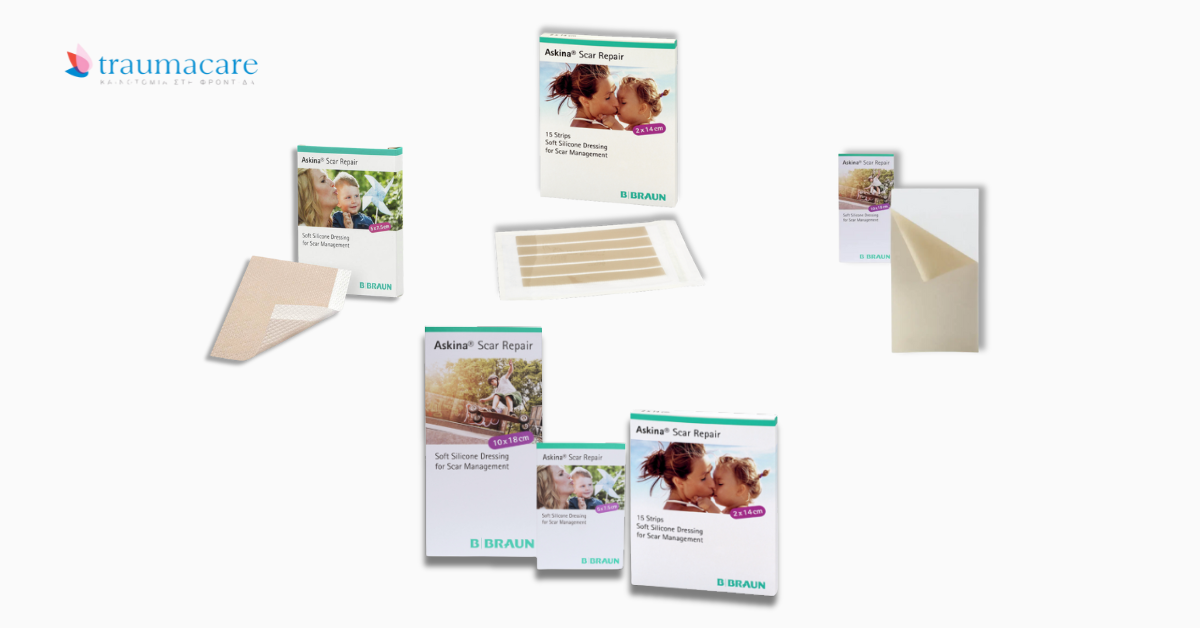Children's injuries are part of everyday life, but sometimes these injuries can have a greater impact on their bodies, resulting in either simple scars or hypertrophic scars that will accompany them for the rest of their lives. The reasons a child may develop a scar vary and are not limited to injuries.
The reasons a child may get injured or develop a wound include:
- Falling on a rough surface.
- Cutting from a sharp object.
- Animal bites, either from a pet or a stray.
- Second and third-degree burns.
- Minor accidents during play or daily activities at school or outside.
- Infections that may occur during the child's injury.
- Some skin conditions can also contribute to the appearance of a scar, such as psoriasis and eczema.
- Finally, surgical procedures that children may undergo are perhaps the biggest factor in the appearance of keloid scars.
After a child's injury, there are cases where the body produces collagen in excessive amounts following the initial healing of a wound, resulting in a hypertrophic scar that will not subside over time.
Some characteristics of keloid scars include:
- Pink coloration.
- Shape that protrudes from the body.
- Hard, smooth, and shiny surface.
Their appearance may be accompanied by symptoms of burning, pain, or itching.

Improper treatment or neglect of an injury is the cause of a hypertrophic scar. During the healing period of wounds, proper treatment and care received by children are important for both simple scars and keloid scars. The question is, "How to reduce scars?"
Treatment and prevention can be achieved with simple and easy steps:
- Clean the wound immediately with soap and water to remove bacteria and prevent infection.
- Keep the wound moist using B Braun Prontosan Wound Gel, which helps maintain moisture and relieve pain. Keeping a wound moist aids in faster healing and reduces the risk of scarring.
- Cover the wound with sterile gauze to protect it from infections and maintain its moisture.
- Avoid using bacterial ointments, as they may cause allergic reactions and increase inflammation.
- Change the bandage/gauze daily to keep the wound clean and moist.
- Avoid scratching or removing the scab from the wound, as this can worsen the appearance of the scar.
- The last and most important advice is to use Askina Scar Repair silicone sheets from B Braun, which effectively help reduce the appearance of scars and provide protection from the biggest enemy of scars, the sun's ultraviolet radiation. Apply the patches to the scar or when the wound is in the final stages of healing, and you can leave them on for up to 5-7 days.

With these simple and easy steps, you can be assured of proper treatment and prevention of scars in your children. Hypertrophic and keloid scars will not mark your children now or in their adult lives.


